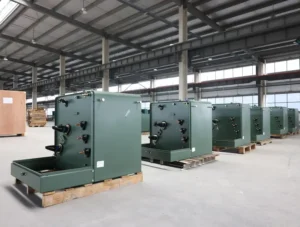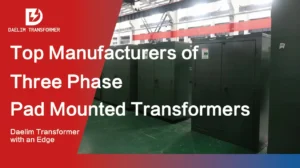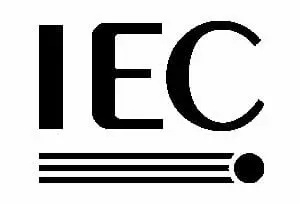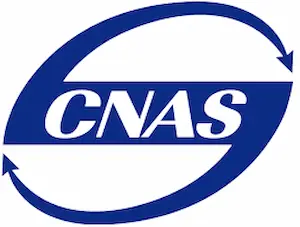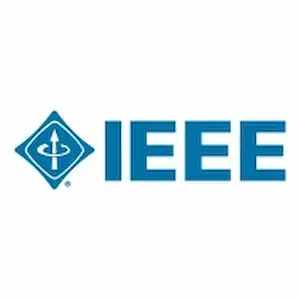The Ultimate Guide To Renewable Power Plants
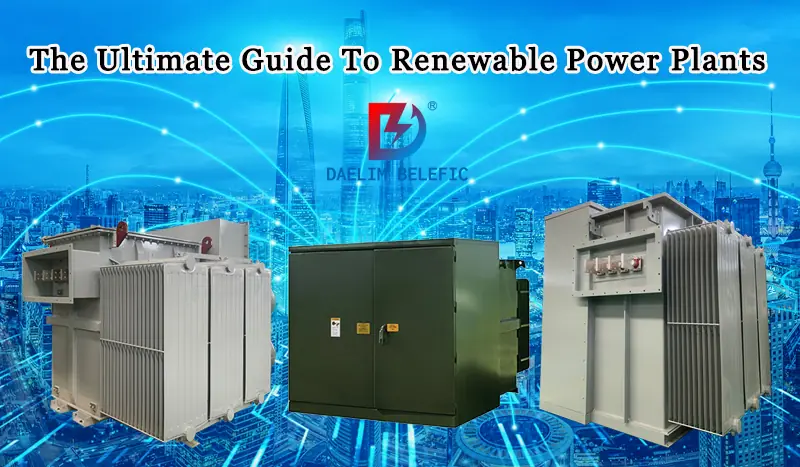
Renewable energy is flourishing as new technologies reduce production costs and bring us closer to our goal of a sustainable future. “Clean” energy, or renewable energy, is produced without harming the environment and is restored continually. In this article, we’ll go through the process of distributing clean energy through renewable power plants.
Daelim is a professional top transformer manufacturer. The Pad Mounted Transformer and Small Substation Transformer use clean vegetable oil as the insulating medium. It can be used for the transformer of Renewable Power Plants. Daelim transformers have high quality and good electrical performance. It has UL/cUL, CSA, CESI, etc. Certificate.
Small-substastion Transformer
Single Phase Pole Mounted Transformer
Oil Immersed Power Transformer
Table of Content
What Are Renewable Power Plants?
A power plant, also known as a generating plant, is an industrial facility used to generate electricity.
In order to create electricity, the vast majority of power plants throughout the world make use of fossil fuels like oil and coal. In addition to using steam turbine generators, fossil-fuel power plants may also employ combustion turbines or steam turbines in the case of facilities that run on natural gas.
On the other hand, power generated from renewable resources such as the sun and the wind is infinite in supply. Renewable energy sources can power electric generators, heat and cool buildings and water, and power automobiles.
Renewable power plants run on power collected from renewable sources that are sustainable and cannot harm the environment.
As the demand for renewable energy and sustainable equipment increases, more people are investing greatly in renewable power plants to help minimize the damage of climate change.
Which Transformers Are Needed In Renewable Power Plants?
Solar Transformer
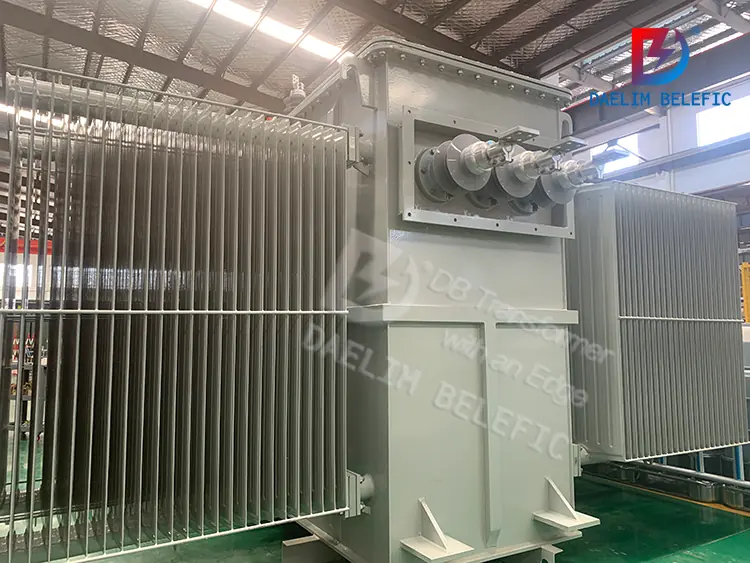
When it comes to the transmission and supply of solar energy, transformers are an absolutely core part. From non-renewable power sources, there are two primary kinds of transformers: step-up and step-down transformers. Both of these kinds of transformers have been in use.
When designing transformers for solar projects, it is vital to design them with durability, steady operation, and long-term functionality.
The solar panels are changed by solar inverters, which are affected by high overtones. Direct current (DC) components are formed while the transport operation is taking place, and these transformers function with minimal input power.
Solar transformers come in a variety of configurations, including transmission, station, secondary station, pad installation, and conditioning.
Every solar transformer has specific requirements, all of which contribute to the overall machine price.
learn more :Solar Transformer – Your ultimate guide
Wind Transformer
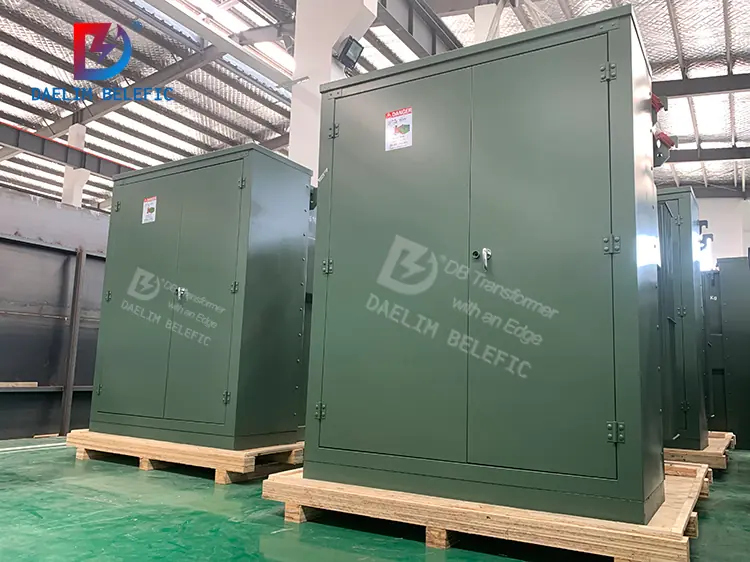
The use of wind power as a renewable energy source is one of the industries expanding at the quickest rate. A wind turbine, gear, engine, step-up transformer, center, and tower are the primary components for wind transformers’ operation.
Wind turbine transformers serve as the connecting element between individual wind generators and the distribution network. It takes the relatively low voltage produced by the generator and raises it to the higher voltage level required for transmission.
However, wind turbine converters are considered one of a wind farm’s most delicate and vulnerable components.
Standard off-shell converters often perform the function of wind transformers, but the intermittent nature of wind generation demands some constraints.
One factor contributing to the common failure of transformers is the varied output due to varying wind speeds.
Transformers for wind turbine generators encounter various challenges, including those relating to corrosion, electricity, and mechanics. This points out that standard power transformers cannot always operate as wind transformers; their structure must be altered based on the complete workflow and other external considerations.
Read more : The Ultimate FAQ Guide to Wind Transformers
Energy Storage Transformer
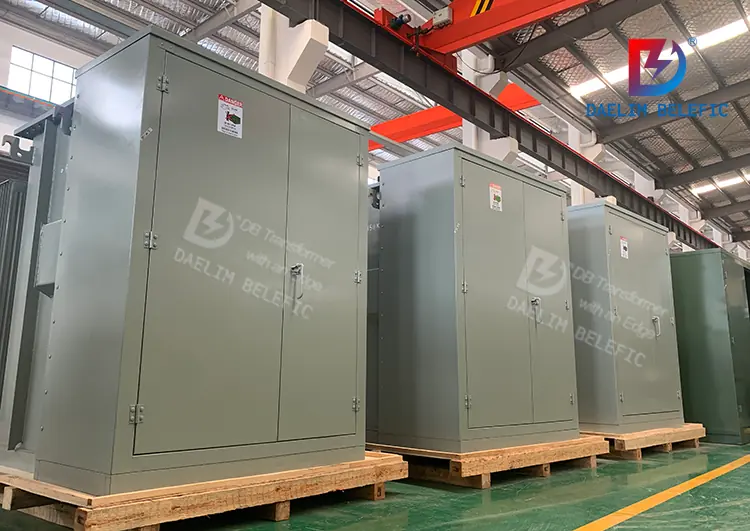
Generally, energy storage transformers store renewable energy, especially in power plants.
When there is a sudden shift in the amount of energy being stored, energy storage transformers go through a period in which they exhibit transient behavior at their terminal conditions. These conditions can manifest themselves during the switching operation of a transformer and a sudden surge in the voltage level.
When power is applied to an energy storage transformer, the primary winding experiences what is known as a “magnetizing inrush current,” which results in the currents exhibiting a fluctuating pattern.
What Are The 4 Main Types Of Renewable Energy?
Solar Energy

Sunlight is used to produce solar power, which results in energy being created. It’s among the green technologies with the quickest growth rate and plays an extremely significant role in the future composition of global energy generation.
Solar electricity may be difficult to generate, but it is simple to put to use. The quantity of energy an installation can create and capture depends on the latitude, weather, and time of day. Productivity is also affected by factors such as cloud cover and the effectiveness of solar cells.
According to projections, technological advancements will continue to drive down the price of producing electricity using solar power.
The process of converting light into power is known as photovoltaics. In several areas, photovoltaic, also known as PV, technology has reached grid parity, which indicates that the cost is comparable to that of domestic electricity.
Concentrated solar power, also known as CSP, involves using lenses, mirrors, and monitoring systems to focus a significant amount of sunlight into a narrow beam. This concentrated sunlight is then used to generate energy.
A growing number of large-scale solar power plants are currently being built.
However, most solar power comes from hundreds of thousands of decentralized small-scale systems currently installed on residential and industrial rooftops.
You may enjoy: Basic Guide To GSU Transformer
Wind Energy
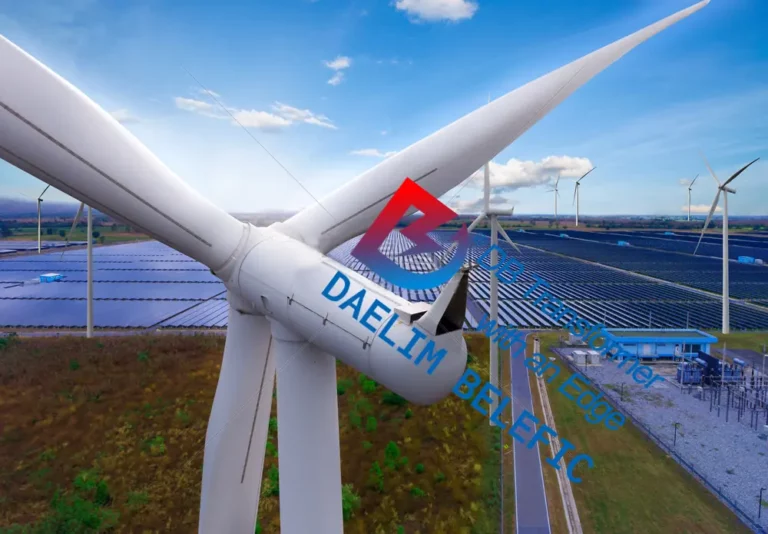
Clean, renewable energy sources, including the wind, don’t cost anything and are easy to come by. Wind turbines harness the kinetic energy of the wind and transform it into usable electricity 24 hours a day worldwide.
The generation of electricity through wind plays a more vital part in how we power our planet cleanly and sustainably.
But how exactly does wind power come into existence? The utilization of wind turbines enables us to convert the power of the wind into usable forms of energy.
When there is a breeze blowing, the blades of the turbine turn in a clockwise direction, thereby absorbing the wind’s energy. Due to this, the wind turbine’s primary shaft, hooked to a gearbox located within the nacelle, begins to spin.
This wind energy is transferred to the generator through the gearbox, which converts it into electricity. After that, the electricity goes via a transformer, which adjusts the voltage levels to be compatible with the infrastructure.
Hydroelectric Energy
Hydropower, also known as hydro energy, is a type of renewable energy that generates electricity from hydropower plants by utilizing the water held back in reservoirs and the water running through rivers.
The force of the flowing water moves the turbine blades, which propels a generator. Then the generator transforms the mechanical energy created by the rotating turbine and converts the kinetic energy.
A substantial amount of hydroelectric power is used in the production of energy all over the world.
With about 1,307 gigawatts of generation capacity, hydropower is the world’s most important sustainable energy source. It is responsible for generating around 17% of the total worldwide electricity supply.
In recent years, there has been a deceleration in the annual net capacity expansion rate due to a reduction in the number of big projects getting constructed in Brazil and China.
Bioenergy
The terms “bioenergy” and “biomass” relate to the same thing: the generation of gas and electricity through organic materials. It can range from plants and lumber to waste from farming practices and food production to even sewage in some cases.
Burning fossil fuels releases carbon dioxide that has been sequestered for millions of years, dating back to when Earth’s atmosphere was much different. This disrupts the existing carbon balance in our atmosphere by adding additional carbon dioxide.
The use of energy crops or waste feedstocks in bioenergy production can have a significant impact on the environmental benefits of the process as a whole.
Read my article on: 2500KVA Transformer Manufacturer IEEE CSA Standards
What Is The Best Renewable Power Source?

The best renewable power source is wind energy since it is not an exhaustible resource. Wind power, the most prevalent form of renewable energy in the United States, is responsible for around 8.4 % of the total energy sources created in the country.
Renewable energy supporters point to the wind’s extensive list of advantages as a primary reason it should be used to generate power on a huge scale, in addition to its ability to do so.
It has a relatively low impact on the surrounding environment, giving it the advantage of a lesser overall environmental impact than solar energy.
Wind turbines do not produce smog, acid rain, or countless other atmospheric pollutants and particulates that add to the accumulation of greenhouse gasses and further worsen the impact of climate change.
How Do Renewable Power Plants Work?
Solar Power Plant
Most solar photovoltaic panels are constructed using semiconductor materials, most commonly silicon in one of its many forms. When photons of sunlight collide with a semiconductor, the process produces free electrons, which can flow through all the material and generate direct electrical current.
This phenomenon is referred to as the photoelectric effect. Before the direct current (DC) is used or supplied into the electricity network, it must be converted to alternating current (AC) for public use.
Wind Power Plant
Wind turbines can transfer wind energy into the electricity we use to light our homes and workplaces. They can be individual, powering just one or a handful of buildings, or they can be grouped to create a wind farm.
Hydroelectric Power Plant
Kinetic energy, which is what is created when water is forced through a narrow opening, is what is ultimately used to generate electricity at a hydroelectric dam. The energy of the water rushing down the dam is harnessed to power a turbine.
The mechanical power produced by the turbine is transferred to the generator, which produces electricity. To get to you, this electrical power must first go through several intermediate transmission stages.
Transformers For Energy Storage Systems
Both renewable and conventional power plants can benefit greatly from adding energy storage systems. Solar photovoltaic and wind electricity can be made into a dispatchable power source with the help of energy storage.
Both renewable and conventional power plants can benefit greatly from adding energy storage systems. Solar photovoltaic and wind electricity can be made into a dispatchable power source with the help of energy storage.
How Does An Energy Transformer Work?
In the same way that a regular transformer transforms electrical energy from one form to another, an energy transformer also creates a magnetic field when an alternating electric current travels through a wire.
The magnitude of the electric current has a one-to-one relationship with the magnetism’s strength, also known by its technical name, magnetic flux density. Thus, the magnetic field is stronger when the current is larger.
Which Renewable Energy Is Growing The Fastest?
The potential for harnessing solar energy is unlimited worldwide, as it may be used anywhere the sun shines. An entire year’s worth of energy used by humans today could be powered by the amount of solar radiation reaching Earth’s surface in only one hour.
The use of solar photovoltaics to generate power has increased faster than any other method. In 2020, the globe added another 139 GW of capacity, making the total roughly 760 GW and providing almost 3% of the electricity in the world.
Why Is Renewable Energy Important?
Without renewable energy sources, we will eventually run out of fuel to run our global economy. This may seem too dramatic, yet it is accurate.
There will be a shortage of electricity if we don’t switch to renewable sources from the current, non-sustainable means of producing it as soon as possible. Burning alternative resources for energy can exhaust our fossil fuels within the next century.
All nonrenewable sources harm the earth when transformed into energy, resulting in air pollution and making life on Earth more challenging for plants, animals, and humans.
Pollutants and pollution blanketing our cities are leading causes of asthma attacks, respiratory infections, and respiratory illnesses like hay fever.
Other significant drawbacks of our persistent usage of fossil fuels include global warming, acid rain, and environmental degradation.
Transformer Manufacturer For Renewable Energy
Power Plants
Daelim Energy Co. is a construction and management firm specializing in renewable energy power facilities. Hydroelectric generators, renewable power plants, and other power infrastructure technologies are all available from the company. The Daelim Energy brand is a trusted transformer manufacturer participating in the renewable energy movement.
Keep reading: 3 Phase Transformer Power Transformer Manufacturer
Conclusion
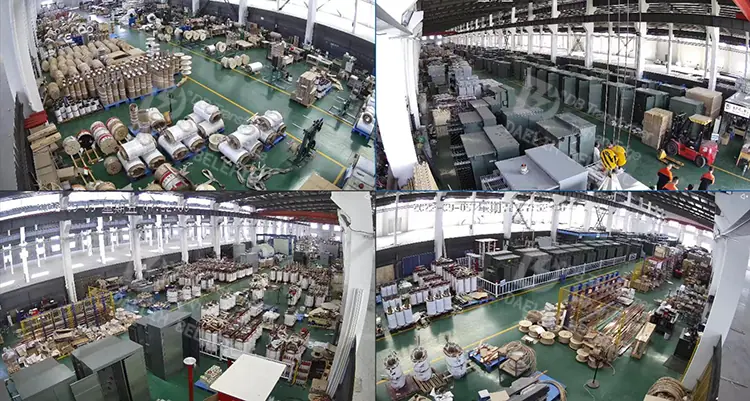
Renewable power plants are essential in combating the degenerating effects of climate pollution. Producing electricity without contributing to global warming while also mitigating certain forms of air pollution is made possible by sustainable transformers. It also increases energy diversity and helps improve economic activities.

